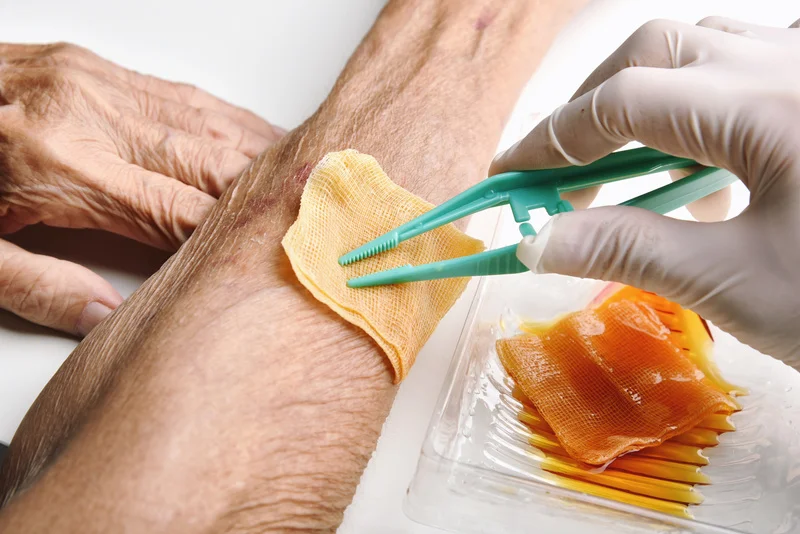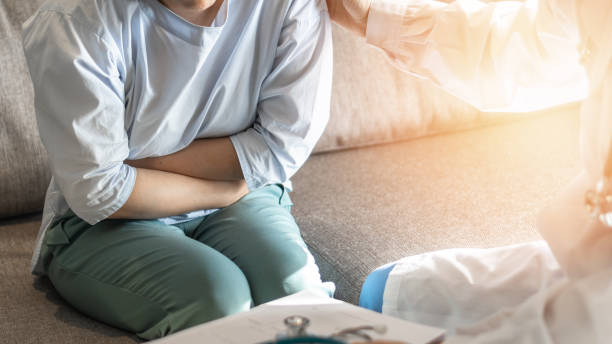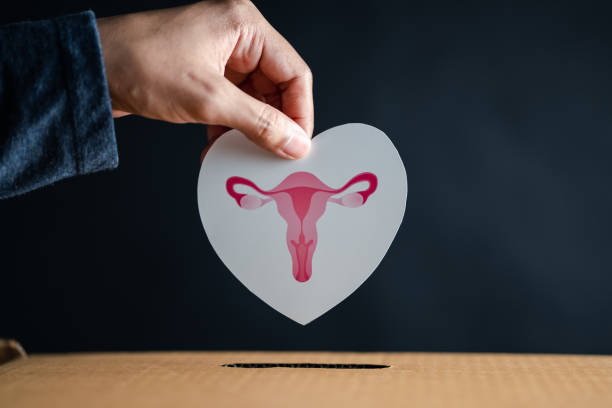Varicose veins, those unsightly and often painful blue or purple veins that bulge beneath the surface of the skin, are not just a cosmetic concern but can significantly impact quality of life. When it comes to managing this common vascular condition, patients have various treatment options available, each with its own set of advantages and considerations. Among the most effective and frequently recommended are sclerotherapy and Venaseal. Both treatments are known for their efficacy, but they cater to different types of veins, patient needs, and recovery expectations.
This article delves into the specifics of sclerotherapy and Venaseal, comparing them side-by-side to help you understand which treatment might be best suited for your medical and personal preferences.

What is sclerotherapy?
Sclerotherapy involves injecting a solution directly into the vein, which causes the vein to scar, forcing blood to reroute through healthier veins. The collapsed vein is eventually reabsorbed by the body.
What is Venaseal?
Venaseal uses a medical-grade adhesive to close varicose veins. The procedure is minimally invasive and does not require compression stockings post-treatment, making it a convenient option for many patients.
Benefits and Considerations
Sclerotherapy
- Pros: Proven effectiveness for smaller varicose and spider veins; can be performed quickly in a doctor’s office.
- Cons: Multiple treatments may be necessary; wearing compression stockings after the procedure.
Venaseal
- Pros: immediate return to daily activities; no need for anesthesia or compression garments.
- Cons: higher cost; less availability compared to sclerotherapy.
Making the right choice
Choosing between sclerotherapy and Venaseal depends on several factors, including the size and location of your veins, your medical history, and your personal preferences regarding recovery and cost.
Struggling with Varicose Veins?
Explore safe and effective treatment options with Dr. Darryl Lim.

Conclusion
Whether you lean towards the simplicity of sclerotherapy or the convenience of Venaseal, understanding the nuances of each treatment option is crucial. Varicose veins affect a significant portion of the population, and advancements in medical treatments like these have made dealing with this condition more manageable and less invasive. Before making a decision, it’s important to consider how each method fits into your lifestyle, your medical needs, and even your financial planning. Consulting with a vascular specialist who is well-versed in the latest treatments can provide you with personalized insights and a clear path forward.
Don’t hesitate to reach out and ask questions; after all, getting informed is the first step towards recovery. Contact us to learn more about your options or to schedule a consultation. We are here to guide you through each step, ensuring that your treatment choice not only treats varicose veins but also aligns with your overall health objectives.

















